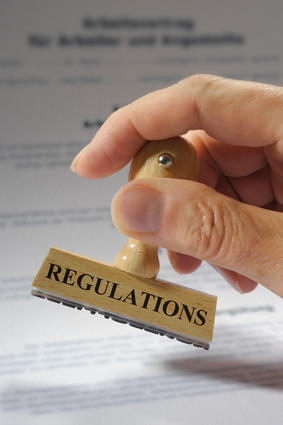New Arctic Spill Regulations Coming in 2014
 New Arctic Spill Regulations Coming in 2014
New Arctic Spill Regulations Coming in 2014
The Arctic is an area which can be covered in ice for up to nine months out of the year; plus, geographical conditions cause the region to be dark for three of these months. Even in the summer, there are rough conditions such as high winds, freezing temperatures, fog, and floating ice. All of these contributing factors equal a setting that would be extremely challenging to navigate and operate within, if a major oil spill were to happen.
Thankfully, an incident like the Deepwater Horizon, which took place in the Gulf of Mexico, hasn’t happened in the Arctic. A spill even a fraction of the size of that disaster would have a devastating impact on the Arctic’s marine ecosystem. With the Arctic becoming a valuable region for oil exploration, while having a fragile ecosystem, it is of high importance that rules are set and enforced.
A new set of Arctic Spill Regulations, created by the US Congress, regarding procedures for handling Arctic oil spills is scheduled to be implemented next year. In light of this, a U.S. based, non-governmental organization, the Pew Charitable Trust, has put together a report they hope will serve as a guide for shaping the regulation updates. The suggested guidelines cover a wide range of topics, from the need to develop safer rules for hydrocarbon development in the Arctic Ocean, to emerging technology standards for staging recovery equipment.
The Pew Charitable Trust provides resources to government agencies to help them develop legislation in relation to environmental issues. Their report, Arctic Standards: Recommendations on Oil Spill Prevention, Response and Safety, recognizes the need for oil extraction, but highlights their desire to help facilitate a balance between this type of energy development and the need to protect the environment.
The following are among the suggested guidelines in the Pew report:
- All vessels, drilling rigs and other support facilities should be designed and built to stand up against the maximum level of ice forces and sea conditions;
- Any equipment that would be required to contain a spill should be staged in Alaska for easy deployment. This includes machinery such as relief rigs and well-control containment systems;
- The spill response equipment needs to be strong enough to quickly remove any amount of oil that pollutes ice floats or has become trapped under the ice;
- Redundant systems should be part of the staged containment equipment. This would pertain to backups of blowout preventers, double-walled pipelines, and double-bottom tanks. Too often, the hard weather conditions would prevent these types of machinery from reaching the region, in the event of a spill.
- All offshore drilling in the Arctic should be restricted to times when the response system can be operated. In other words, during the most severe times of year, there should be no drilling if spill containment cannot be achieved.
The new regulations for oil and gas exploration in the U.S. Arctic Ocean will be brought up for review in the early part of 2014. As the rules are subjected to legislative scrutiny, undoubtedly, this will generate a fair amount of debate; especially since whatever is decided in the U.S. will have an impact on all other countries.

